The following blog is the 5th in a series on “Leadership of People and Culture”. This contribution comes from a blog posting by Christian Muntean.
When I was young, I regularly burned through the clutch on my vehicles. It was frustrating how often I needed to replace the clutch. It felt like a conspiracy of shop mechanics. Finally, someone pulled me aside and made an observation: They suggested that it was possible, even likely, that the way I drove is what caused my clutches to burn out so quickly.

Naturally, I was defensive. Driving records aside, I knew I was good behind the wheel. But changing a clutch regularly gets expensive. Expensive enough that I started to think about changing some of my driving habits. Now…I can't remember the last time I've needed to get a clutch changed. (My driving record has cleaned up too!)
How you drive matters
Over the years I've consulted in many kinds of workplaces. Regardless of the industry or culture, I've learned that workplace conflict (at least when it is chronic, recurring, or long-running) is always an issue of leadership and management.
Always. Always. Always.
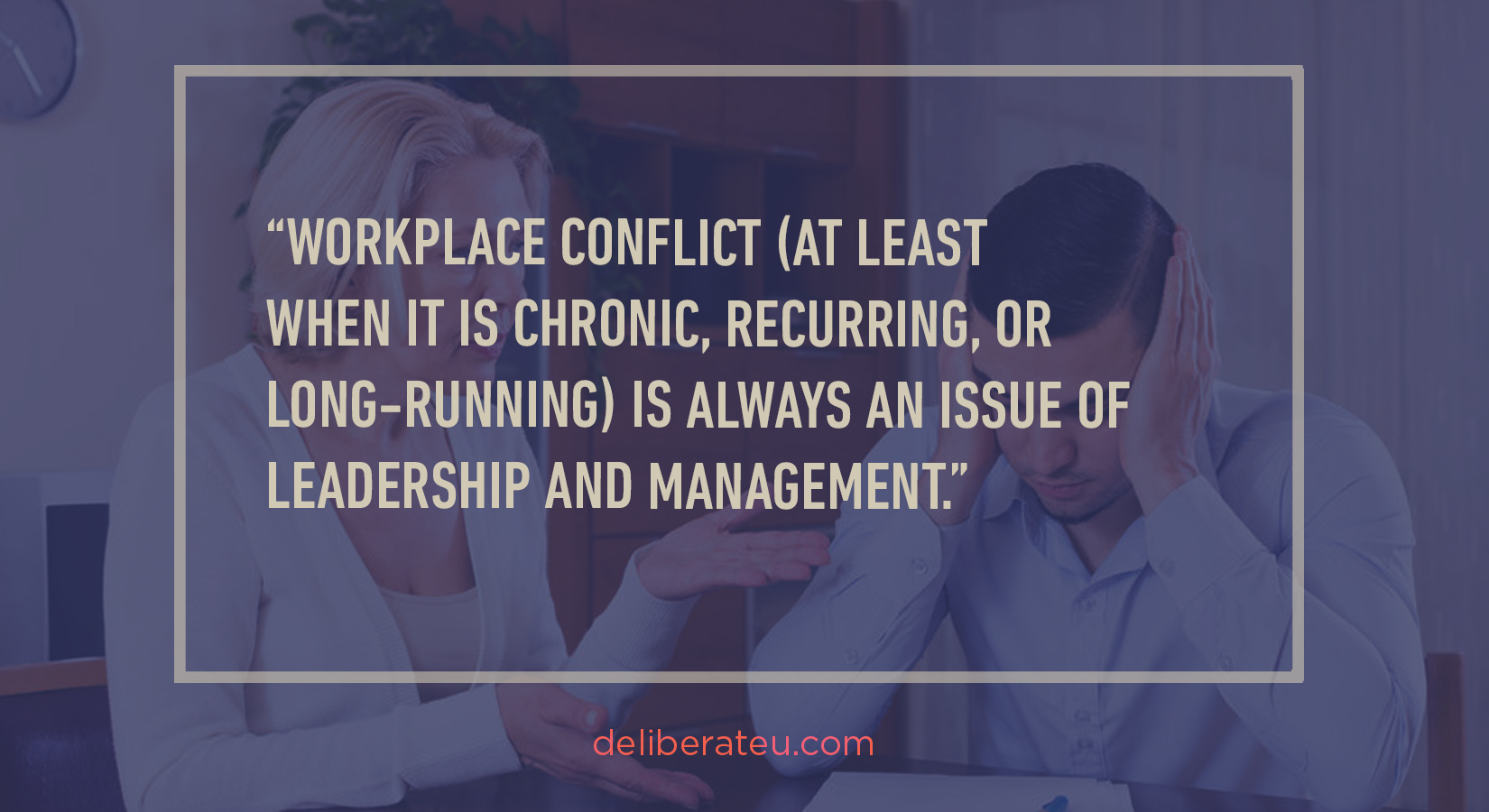
Just like my clutch issues, the problem seems removed from how I experience driving. It's somewhere, down there, under the hood. But it isn't. It's with the driver. This is so consistent, that nearly all of my interventions primarily now take place at the leadership and management level. Usually, the leadership and management aren't even directly involved in the conflict. It's understandable that most leaders and managers struggle to see themselves as responsible for a conflict happening between other people. It's also understandable that they struggle with the idea that the core issue lies with them. That's not a pleasant thought.
However, the ones that stop "burning out the clutches" of their organizations are the ones that change the way they lead and manage.
They make changes in one or more of the following areas:
- They are willing to confront or get rid of bad apples
It is common for a specific individual or individuals to frequently be at the center of a problem. Sometimes, they are tolerated for many years. Reasons given for this tolerance include: They are loyal, they are a performer, they are (always) going through a tough time, they have a difficult situation, they are a friend, etc.
Four times out of five, when these bad apples are definitively confronted (so that there is real behavior change) or they are let go, these organizations see a lift. Not only a lift in morale, workplace harmony, productivity, and profitability, but they also discover that these bad apples were the source of employee turnover and poor customer retention. More often than not, they are also found to have been involved in embezzlement, fraud, or harassment!
Bad apples are bad apples. They aren't just hard to get along with sometimes. Good leaders protect their teams, employees, customers, and vendors—and get rid of the bad apples. They don't protect the bad apple for years, asking everyone else to bear the cost.

- They ensure "best fit" for employees
For an abundance of reasons, good employees often end up in roles they aren't good at and can't easily grow into. An alert leader will ensure there is a thoughtful system in place to guide people to where they (and the organization) can thrive. It serves the employee well to be matched with a position that he or she can do well in. This allows them to be and feel competent in their role. It serves everyone else well, by ensuring that everyone can help lift the load, be counted on, and support the success of the team.
Good leaders will make sure that the screening, selection, and advancement processes guide people into positions where they can find their "best fit." When they realize a mistake has been made, they work to correct it quickly. They don't leave people in roles where they can't succeed. They also don't punish people for not succeeding in a role they weren't a good fit for. (Assuming they were honest about their capacities.)
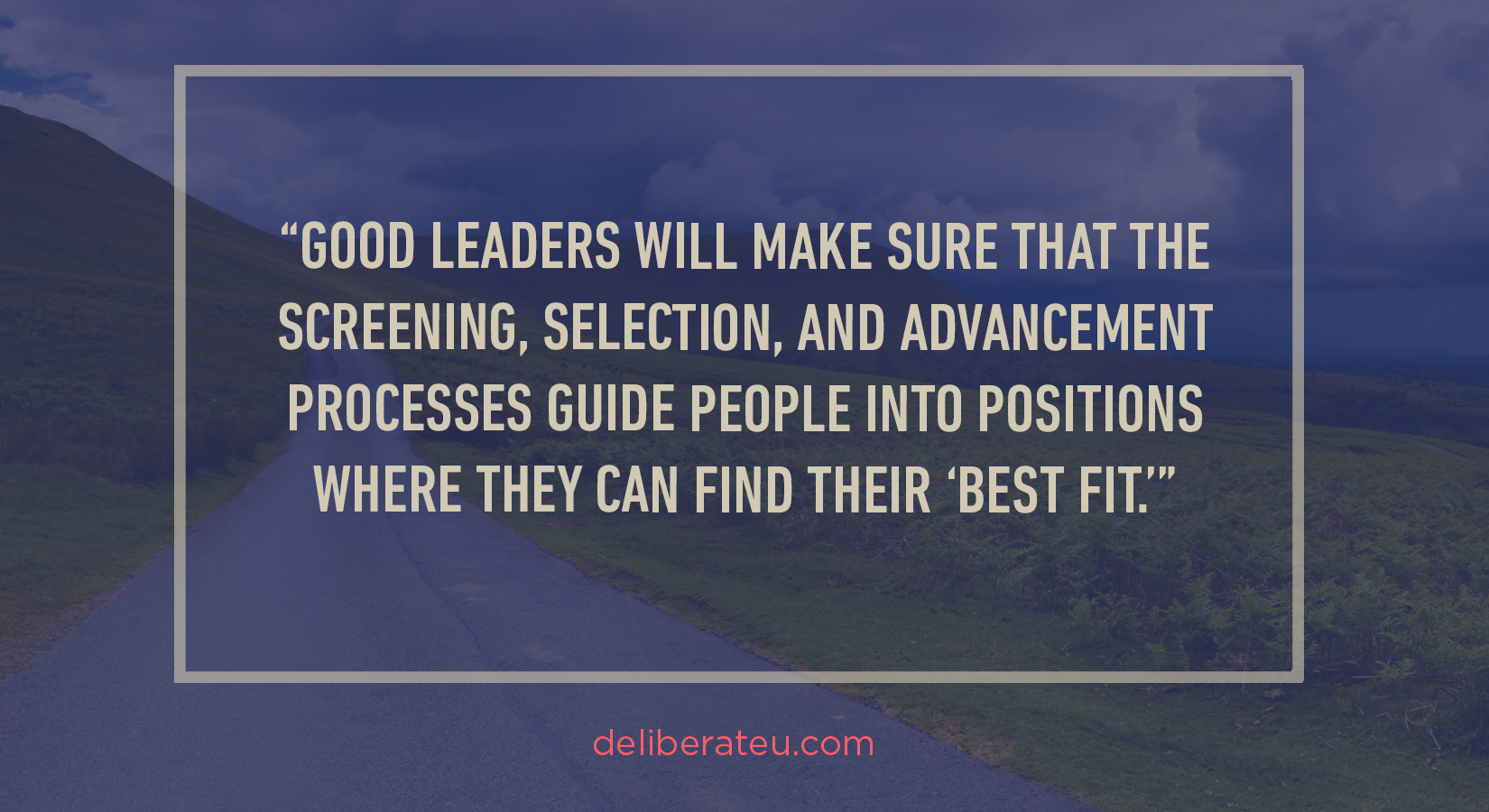
This may be uncomfortable. But it is usually a lesser discomfort than the ongoing friction and tension of a mismatched role. Ensuring "best fit" serves the individual and the organization well.
- They create clarity around expectations
Ambiguity breeds conflict. A significant amount of conflict is due to downstream issues that result from unclear or uncommunicated expectations. This might be related to performance or behavior. It might be related to assumptions about who brings cupcakes for the monthly birthday party (or who cleans up afterward). Effective leaders mitigate conflict by clarifying expectations. Theirs and others.

- They create clarity around roles and responsibilities
Again, ambiguity breeds conflict. It is very common for workplace conflicts to revolve around a lack of clarity of what someone's job is and what they are responsible to do (or to whom they are responsible). Sometimes, (more commonly in smaller or entrepreneurial organizations) this is because roles and responsibilities have never really been established. Perhaps because it's "all hands on deck" to get things started. Perhaps because it felt like too much work or no one knew how to do it.
Other times, it is because someone was hired for Job A, and then, over time, their job evolved or changed. But no one specified what the changes were. As a result, differing perspectives emerge over what that person's role is and responsibilities are.
Sometimes (very often in entrepreneurial organizations) the founder or leader doesn't like titles or bureaucracy. The leader feels like that kind of structure is stuffy, limiting, and nonsensical anyway. But that is because that leader can always do what she or he wants. Everyone who is employed has to try to guess what they or someone else is supposed to be doing. Even if the organization is going through rapid growth and change, every individual should know what their job is and what they are responsible to accomplish. Even if this needs to be updated quarterly!
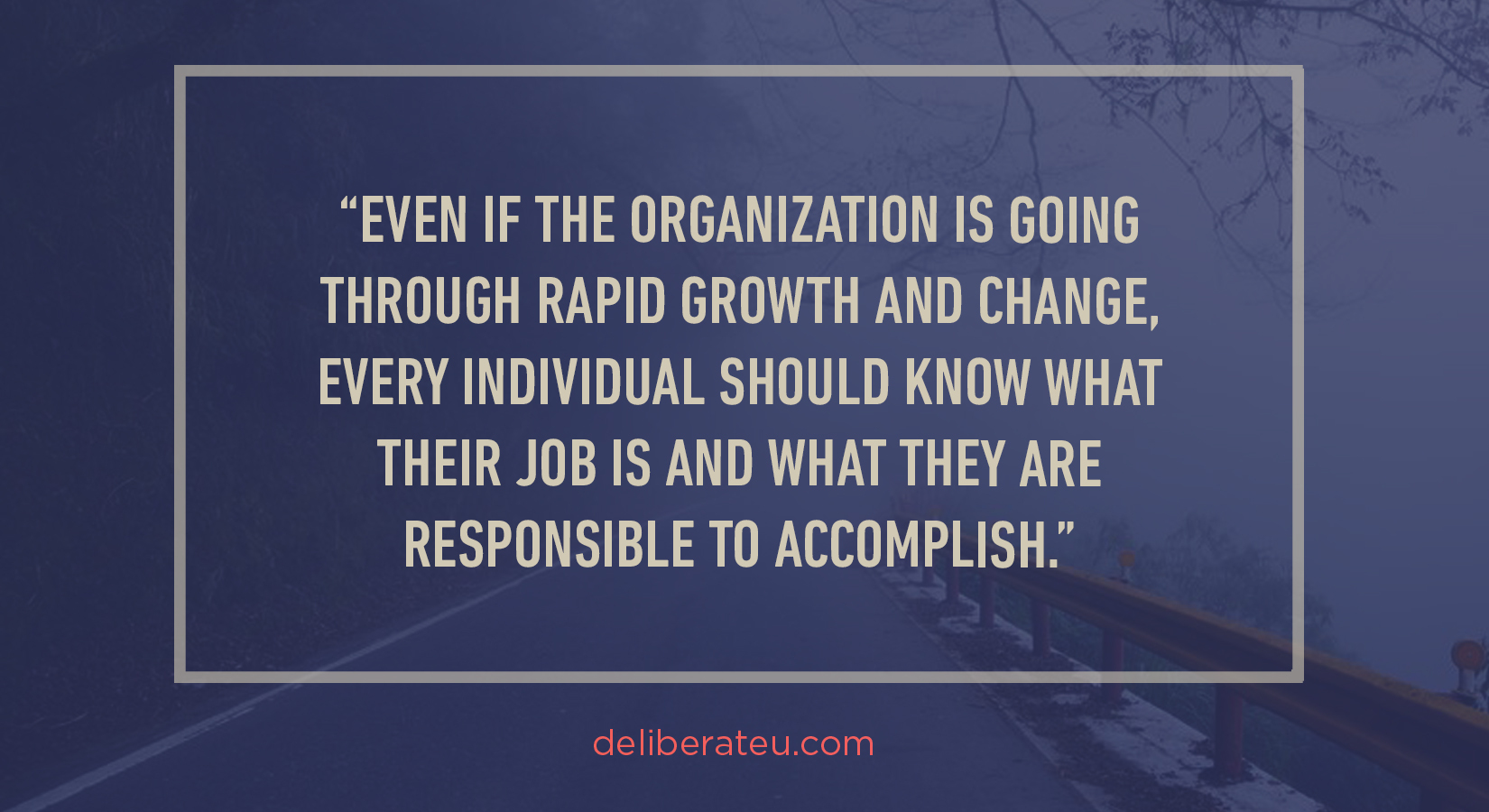
No, this doesn't mean that they need to hire HR consultants to rewrite job descriptions all of the time. But it does mean that sufficient information is recorded that everyone understands their job and the jobs of those they interact with. Effective leaders will look for this kind of ambiguity and work to correct it. It always creates problems otherwise.
- They create clarity around lines of authority and decision making
A theme is emerging: Ambiguity creates conflict. You can take that to the bank. For a withdrawal. When people are unsure of who they report to, when, for what, and about what—it creates problems. When people don't know who to go to for help, for decisions, or for resources —it creates problems. When there is dissonance between the formal organizational chart and what really happens—it creates problems. When there are regular exceptions to the rule (for some or all people)—it creates problems.
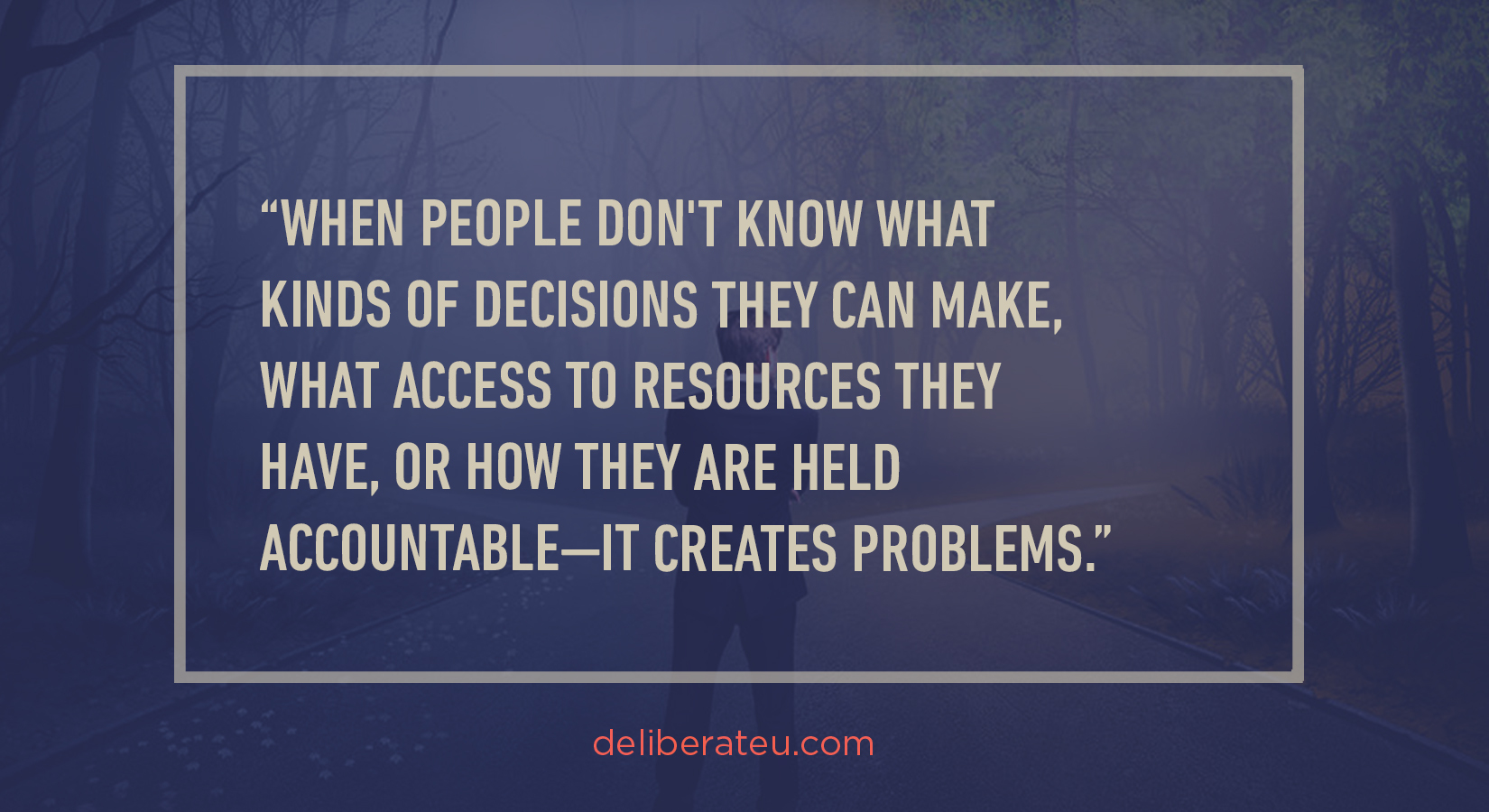
Leaders and managers are the only people who can make those problems go away. Good ones will do that.
- They create consistency in standards or expectations
Whenever a leader is inconsistent, it creates problems and conflict. This might look like treating some people differently. It could be shifting their approach depending on their mood. It might mean not keeping track of what has been agreed on or said. It could mean never developing a set policy or procedure, so everything is done differently, each time it is done.
When leaders are not consistent or don't work to help others be consistent, employees don't know what to expect or how to relate. It creates uncertainty. It creates confusion. It creates drama—which is often conflict.
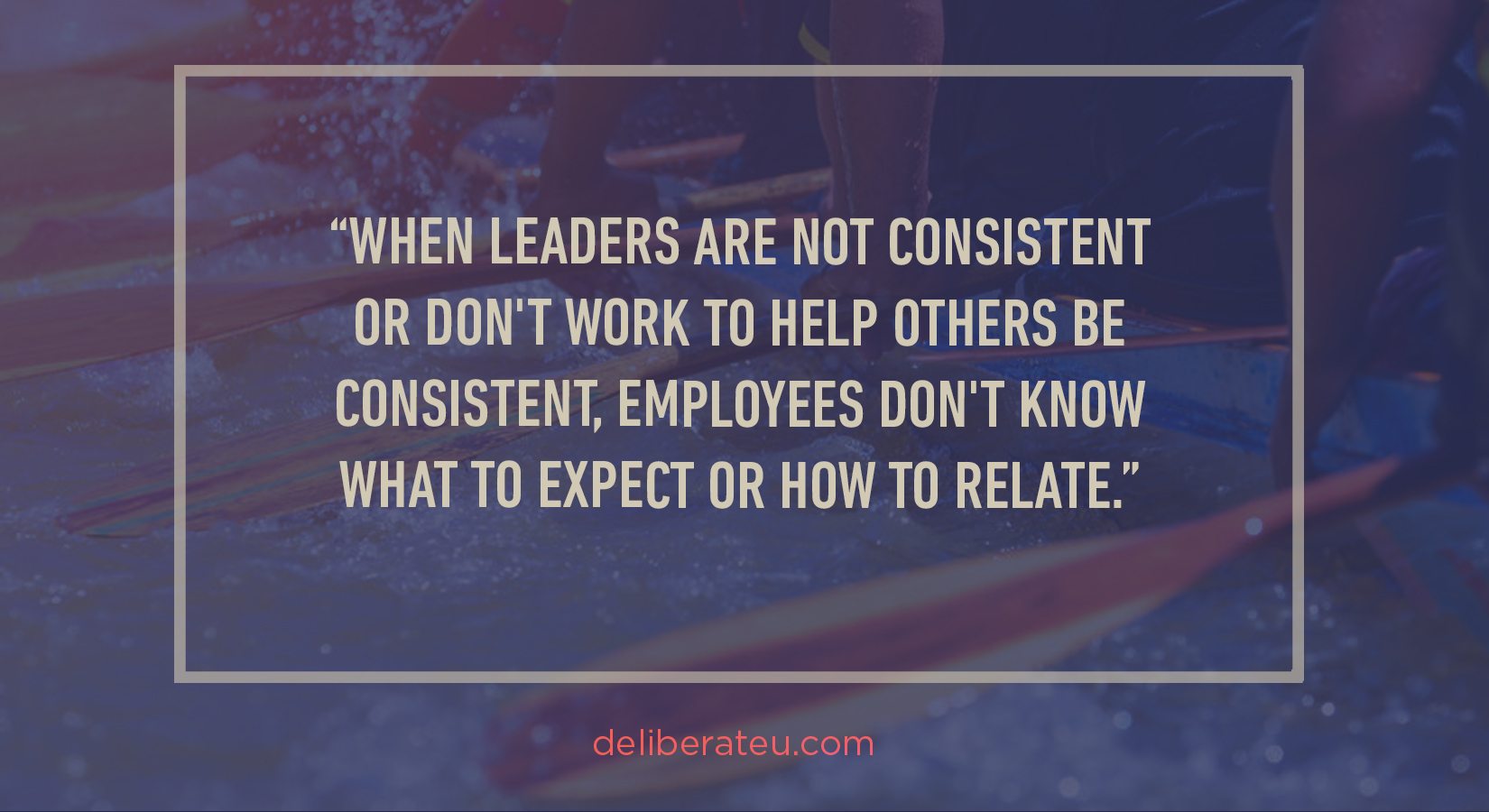
Resolution
Good leaders recognize that the majority of the conflicts in their organization are likely due to a problem in one or more of the above scenarios. Conflict is actually helpful because it helps leaders identify an area where leadership or organizational growth are needed. By addressing it effectively, not only will the conflict be resolved, but the organization will operate better as well. This is absolutely the case when conflicts are chronic (the same problem keeps re-emerging around the same people), are recurring (the same kind of conflict emerges but possibly between different people), or are long-running (the same people in the same conflict for a long time.)
The only people in the organization who can create the kind of change that produces real resolution are those in leadership and management positions. No one else can.

